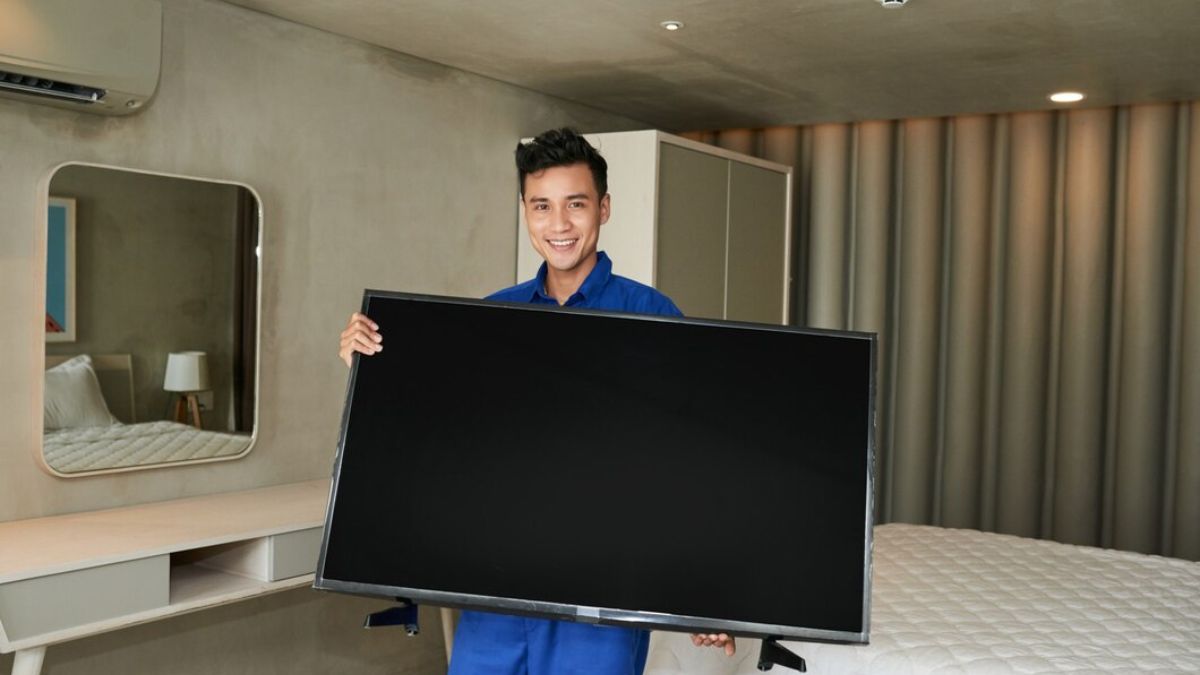In the vast and varied landscape of digital displays, selecting the right LED screen for your needs can seem like a daunting task. With an array of technical specifications and features to consider, understanding the fundamental aspects such as pixel pitch and resolution becomes crucial. These factors, among others, play a pivotal role in determining the clarity, quality, and suitability of an LED screen for a specific application. Let’s delve into these critical components to help you make an informed decision when choosing the right LED screen.
Pixel Pitch: The Key to Visual Clarity
Pixel pitch is a term that often surfaces when discussing LED screens, but what exactly does it mean? Simply put, pixel pitch refers to the distance (usually measured in millimeters) between the centers of two adjacent pixels on an LED display. This measurement is a critical indicator of the screen’s resolution and viewing distance—the smaller the pixel pitch, the closer the pixels are to each other, leading to a higher resolution and a clearer image at closer viewing distances.
Understanding pixel pitch is essential because it directly impacts the viewer’s visual experience. For applications where viewers will be close to the screen, such as in retail environments or control rooms, opting for a lower pixel pitch will ensure that images and text appear sharp and detailed. Conversely, for billboards or screens viewed from a greater distance, a larger pixel pitch may be more appropriate and cost-effective.
Resolution: More Than Just Numbers
Resolution in LED screens is determined by the number of pixels horizontally and vertically across the display. It’s a direct factor of the screen’s size and its pixel pitch; the higher the resolution, the more detailed the image. However, it’s important to balance resolution with the intended use of the screen. Higher resolution screens are ideal for displaying high-definition content up close, while lower resolutions might suffice for larger displays viewed from afar.
Brightness and Color Accuracy
The brightness of an LED screen is measured in nits, and it’s a crucial factor to consider, especially for outdoor screens exposed to direct sunlight. An LED screen needs to be bright enough to deliver clear and vibrant images even in bright conditions. Alongside brightness, color accuracy ensures that the colors displayed are true to source, enhancing the overall visual quality of the content.
Durability and Energy Efficiency
For LED screens, especially those intended for outdoor use, durability against the elements is a must. Look for screens with robust construction and IP ratings that indicate resistance to dust and water. Additionally, energy efficiency plays a significant role in the operational cost of an LED screen. Modern LED technology has made strides in reducing power consumption while maintaining high performance, making it an important factor in your selection process.
Connectivity and Integration
Consider the screen’s compatibility with existing systems and its ability to connect with various content sources. The ease with which an LED screen can be integrated into your current setup, including content management systems and hardware, will affect its usability and the efficiency of content updates.
Making the Right Choice
Choosing the right LED screen involves balancing these factors to meet your specific needs. Whether it’s for an advertising billboard, a corporate lobby, or an interactive installation, the right LED screen can enhance the impact of your visual communication. By understanding the nuances of pixel pitch, resolution, and the other key factors discussed, you’re better equipped to make an informed decision.
For those delving deeper into the intricacies of LED screen technology and seeking to understand the significance of pixel pitch in greater detail, resources like Unilumin’s explanation of pixel pitch provide valuable insights. Armed with this knowledge, you can confidently navigate the world of LED screens, ensuring that your choice not only meets but exceeds your expectations, delivering stunning visual experiences that captivate and engage.
